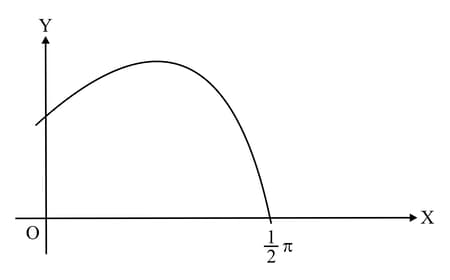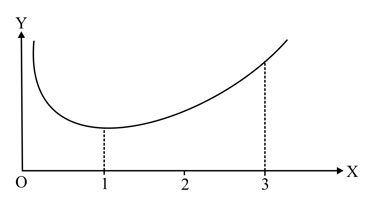Sue Pemberton, Julianne Hughes and, Julian Gilbey Solutions for Chapter: Integration, Exercise 6: EXERCISE 5E
Sue Pemberton Mathematics Solutions for Exercise - Sue Pemberton, Julianne Hughes and, Julian Gilbey Solutions for Chapter: Integration, Exercise 6: EXERCISE 5E
Attempt the free practice questions on Chapter 5: Integration, Exercise 6: EXERCISE 5E with hints and solutions to strengthen your understanding. Cambridge International AS & A Level Mathematics : Pure Mathematics 2 & 3 Course Book solutions are prepared by Experienced Embibe Experts.
Questions from Sue Pemberton, Julianne Hughes and, Julian Gilbey Solutions for Chapter: Integration, Exercise 6: EXERCISE 5E with Hints & Solutions
Use the trapezium rule with intervals to estimate the value of the following definite integral. Give your answers correct to decimal places.
.[Use ]
Use the trapezium rule with intervals to estimate the value of the following definite integral. Give your answers correct to decimal places.
.[Use and also use ]
Use the trapezium rule with intervals to estimate the value of the following definite integral. Give your answers correct to decimal places.
. [Use, ]

The diagram shows part of the curve . Use the trapezium rule with intervals to estimate the value of , giving your answer correct to decimal places. [Use, ]
Use the trapezium rule with intervals to estimate the value of giving your answer correct to decimal places.[Use, and also use, ]
Use a sketch of the graph of , to explain whether the trapezium rule gives an under-estimate or an over-estimate of the true value of .[Use, and also use, ]

The diagram shows the curve . Use the trapezium rule with intervals to estimate the value of , giving your answer correct to decimal places. State, with a reason, whether the trapezium rule gives an under-estimate or an over-estimate of the true value of . [Use, ]

The diagram shows part of the curve . Use the trapezium rule with intervals to estimate the area of the shaded region, giving your answer correct to decimal places. State, with a reason, whether the trapezium rule gives an under-estimate or an over-estimate of the true value of the shaded area. [Use, ]
